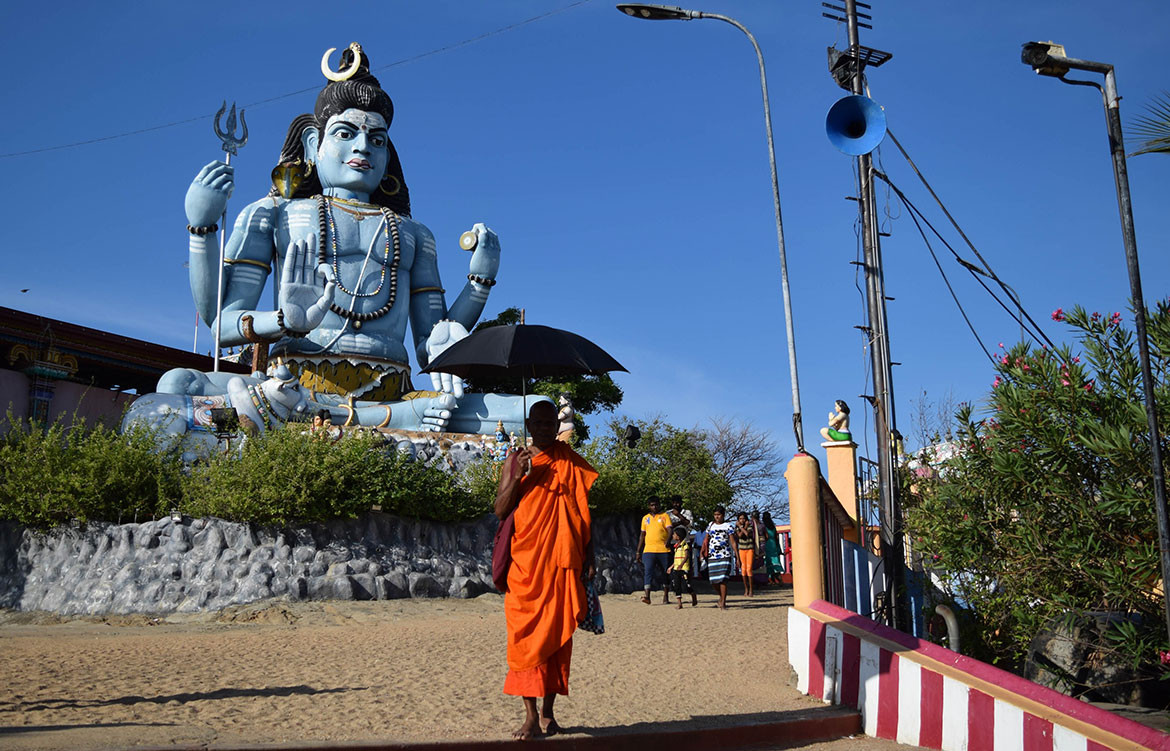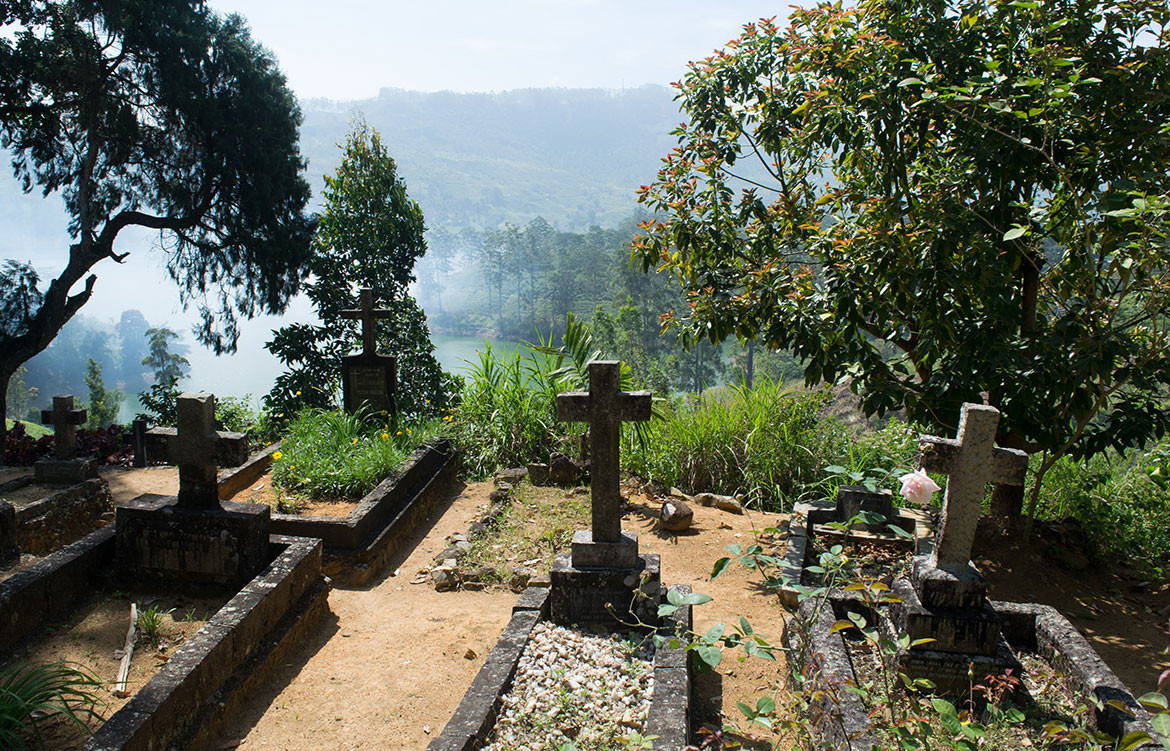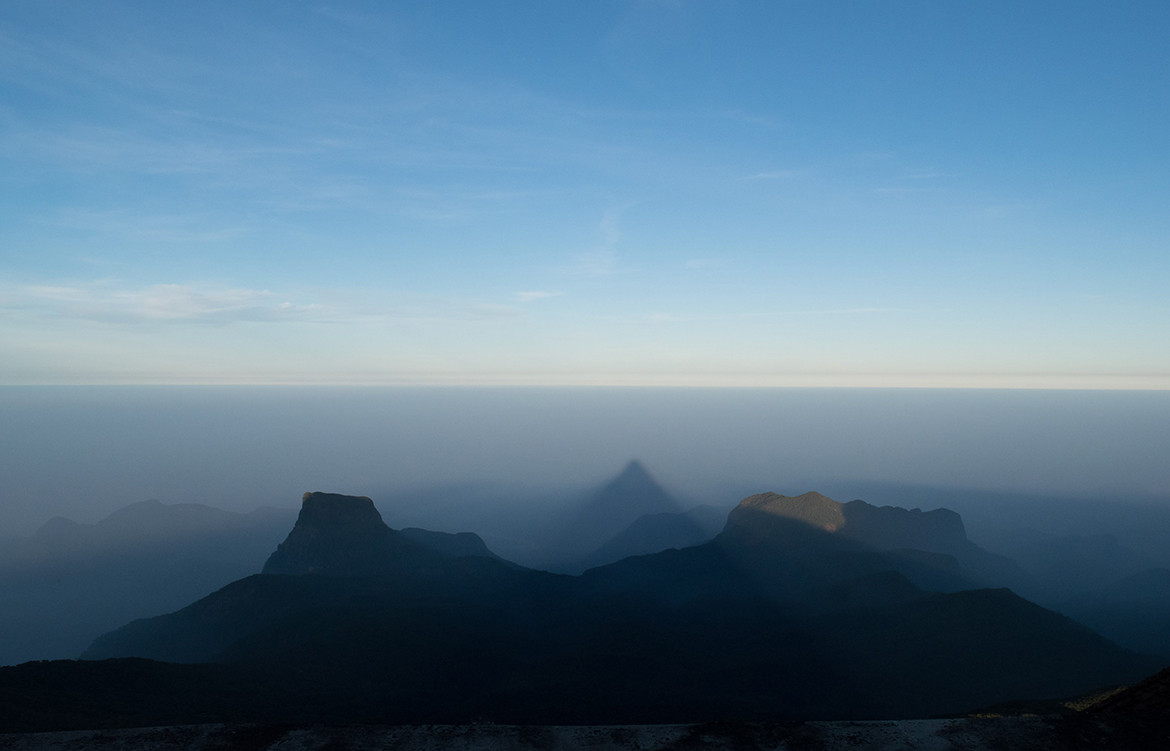When she was younger, Tanya Banagala’s Sri Lankan-born parents would jokingly threaten to send her to live in Colombo, so her swift decision to move there voluntarily in 2016 surprised a few people.
“I’d been there several times, my previous trip was in 2009 while the war was still going on, and I didn’t like visiting much,” she says. “But after I graduated, I was interested in learning more about my culture, and a family member told me about a great job. I applied, did a Skype interview and was successful. I packed up and left in about six weeks.”
“Sri Lanka has given me such an appreciation for the ad hoc patchwork city, where use isn’t designed, rather space is occupied by function.”
Finding herself in a very different country to the one she remembered, Tanya initially struggled to find her feet. “I lived in a hotel for the first few weeks, and found the real estate situation so different,” she says. “Dealing with strange bureaucratic problems was a bit of a culture shock, but I came to appreciate how flexible the system is. When it works in your favour, it’s great, but otherwise it can be pretty frustrating.”

She observed differences in the architecture industry too, working for a UK-based firm in Colombo.
“I learned that clients in Asia are generally more willing to take a risk on design, which is how you arrive at projects such as Marina Bay Sands [in Singapore] and the CCTV building [in Beijing].” she says. “By comparison, Australia is very risk averse, so it was a fun environment in that regard. And I believe designers are really feeling that; big names like MVRDV and Tadao Ando are creating new buildings in Sri Lanka.”
With so much international investment taking place, post-war Sri Lanka is progressing quickly. Working in Colombo gave Tanya insight into the city’s future. With complex design projects like Moshe Safdie’s Altair and Gensler’s ITC Colombo One under construction alongside the development of Colombo’s Port City, the city’s skyline is rapidly changing.
“I really feel that my time in Sri Lanka connected me to place and heritage, and let my parent’s homeland influence my identity in a way I didn’t have growing up Australian.”
“Sri Lanka is looking to be the next Singapore,” she says. “The government is promoting the city as a future business hub in South Asia, because it’s located close to India and China.”
During her two years in Sri Lanka, Tanya travelled widely and learned about the country’s history and culture. “Geographically, Sri Lanka is smaller than Tasmania, but it has the same population as Australia, so it’s very dense,” she says. “And perhaps surprisingly – for a tropical island in the middle of the ocean – there are remarkable microclimates, including desert, rainforest, and the mountainous areas, which are colder than I imagined.
“Travelling is difficult because there is not a lot of infrastructure yet, but we had many long weekends because there are public holidays for Buddhist, Hindu and Muslim celebrations.”

Taking advantage of long weekends, she explored many of architect Geoffrey Bawa’s commissions, and those of lesser-known landscape architect Bevis Bawa; projects that brought tropical modernism to Sri Lanka and have inspired a generation of local architects.
Moving back to Australia in late 2018 – another abrupt decision prompted by a decline in Sri Lankan security outlook – was similarly challenging, Tanya says. “Mainly from a social perspective, which I think is because people in Sri Lanka have lived through a war, so for them friends and family are everything, and ambitions come second to spending time with loved ones. I found it hard to return to Melbourne where everyone places so much emphasis on work, but now I’ve shifted into that mode too!
“I learned that clients in Asia are generally more willing to take a risk on design, which is how you arrive at projects such as Marina Bay Sands [in Singapore] and the CCTV building [in Beijing].”
“I really feel that my time in Sri Lanka connected me to place and heritage, and let my parent’s homeland influence my identity in a way I didn’t have growing up Australian,” she says.
“Working in Sri Lanka has given me such an appreciation for the ad hoc patchwork city, where use isn’t designed, rather space is occupied by function. Footpaths are adapted into on-street workshops, median strips in traffic turned to space to hawk, laneways captured by teens playing cricket and rough stone walls adorned in paintings for sale. Life in the streets is so rich and vibrant, I think Colombo’s challenge will be how to keep all the richness of culture while it develops into a 21st century city.”
Tanya is currently a graduate architect at ClarkeHopkinsClarke.
ClarkeHopkinsClarke
chc.com.au
Photography courtesy of Tanya Banagala





We think you might also like the spirit of place according to Palinda Kannangara

